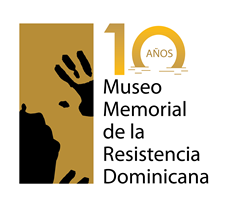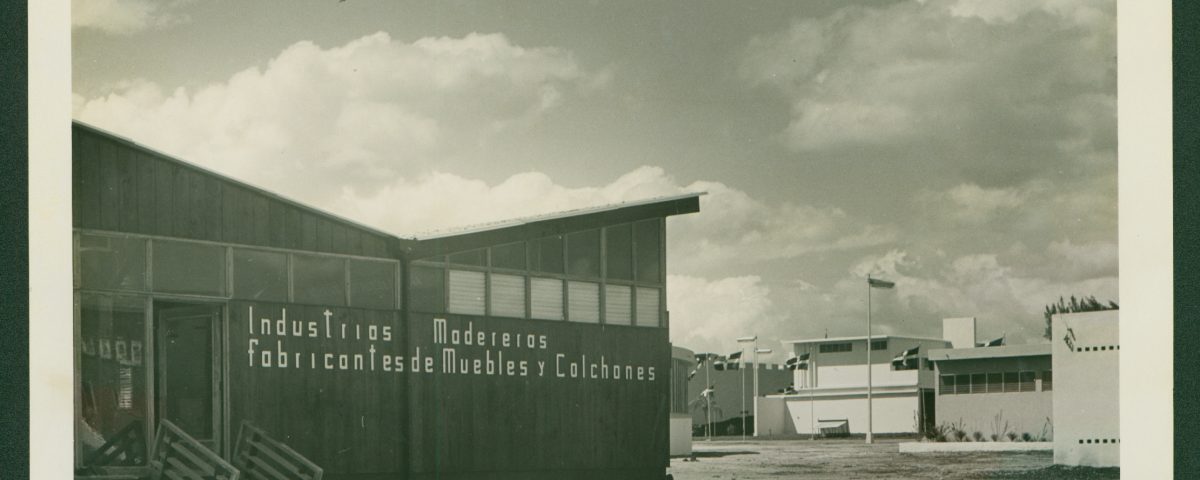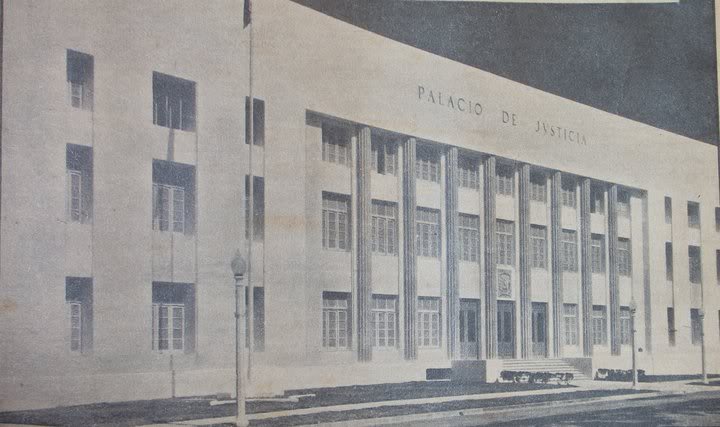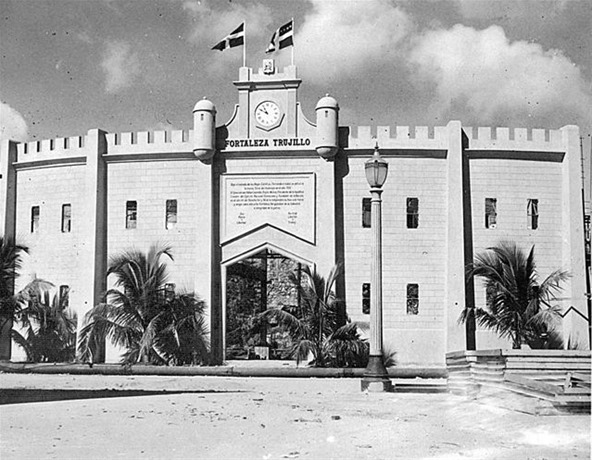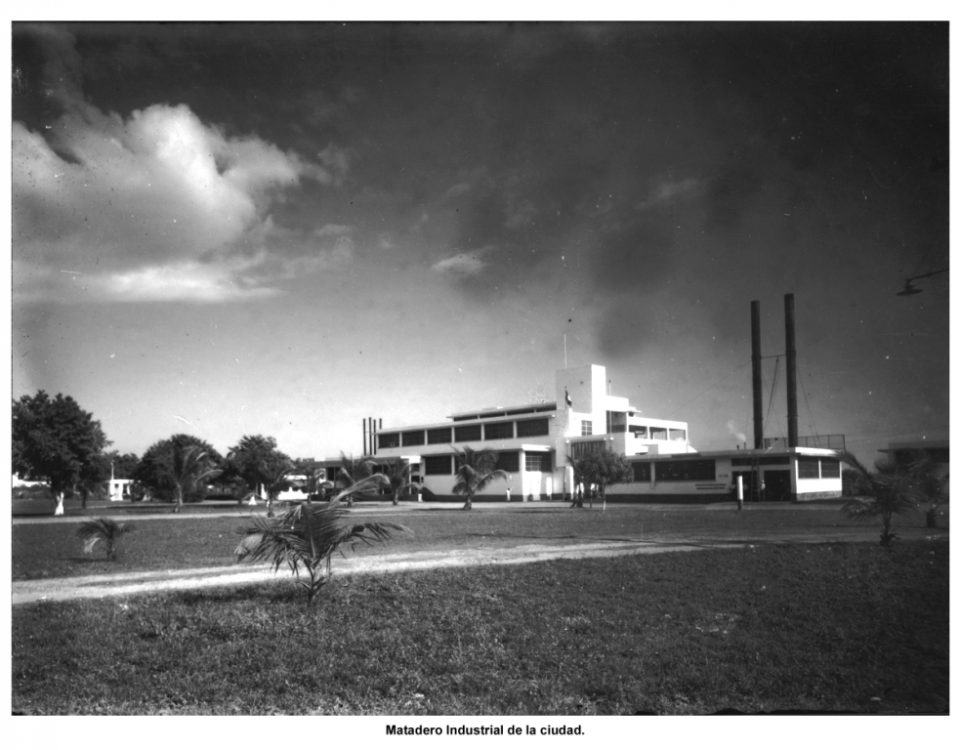The myth of the Trujillo Era economic development
Contribución de la UASD a la libertad del pueblo dominicano
February 24, 2017
The myth of the creation of the Dominican peso
February 24, 2017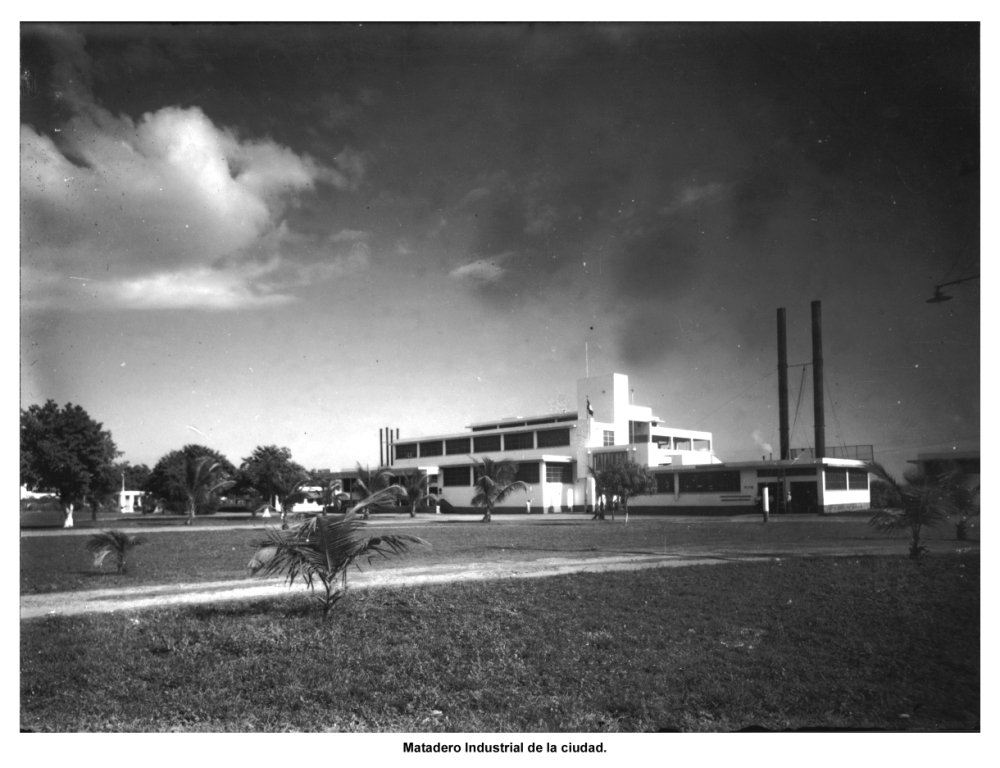
A central element of the dictatorship's propaganda was to present the tyrant as a "Messiah" whose power and will had transformed the economic and spiritual life of the Republic from the most absolute situation of misery and abandonment, in which it found itself in 1930, to the path of "civilization and progress".
Within this ideological conception Trujillo was presented as the creator of the Dominican State, and derived from this as the Builder of the Nationality, and therefore, "Benefactor and Father of the New Homeland".
The systematic propaganda of the regime and its ideologues specialized in spreading lies, highlighting the supposed transformation and modernization of the Republic during the Trujillo Era, was so intense and profound, that many years after the fall of tyranny, not a few intellectuals repeat this fallacy incessantly.
The examination of what happened during the 30 years in which our country suffered the tyrannical regime of Trujillo, however, expresses conclusively that the economic policy implemented during his long government, yielded contrary results and was characterized by the following:
Monopolization by the tyrant, his associates and family members of the limited industrial development of the national economy, based on the use of the State and its institutions, including the repressive apparatus (army, police and security services) placed at the service of their economic interests. As expressed by Professor Bosch, Trujillo by force became the "great captain" of the national industry. At the time of his death, Trujillo appeared as the owner of 51% of the capital invested in the national industry. His personal fortune, which included industries, haciendas, immense cattle raising, sugar mills, airlines and steamship lines, bank deposits, etc., exceeded 600 million dollars at the time, a sum which, at the current value of that same currency, today exceeds 3 billion dollars. In 1960 a four-door Chevorlet automobile had a price of one thousand pesos.
2. Concentration in his hands of the best agricultural and cattle lands of the nation. In this order, Trujillo left intact the latifundia system from the 19th century, although he managed, through the use of violence and the military forces of the State, blackmail and political pressures, to appropriate close to 50% of the best arable, cattle and sugar cane lands in the country. In 1950, in an eminently agricultural nation, with a population of a little more than two million inhabitants and a rural population of around 75%, that is, 1,627,000 peasants, only 201 large landowner families, including Trujillo, his relatives and associates, owned 43.7% of the arable land, while 209,000 small landowner families had only 13.7%. The 1950 census also indicated that of the total of more than one and a half million peasants, only half a million worked and that 77% of those who worked, only 23% received a salary for their labor. Of the latter figure, three-fifths were under 14 years of age.As time went by, the situation worsened. According to the 1960 Agricultural Census, out of 447,098 census farms, 290,301 had less than 30 tareas, covering a total of 3 million tareas, while on the other hand, 44 large landowners, among them Trujillo and his relatives, owned nine million tareas of the most fertile land. Trujillo alone owned more than two and a half million tareas of land. But more important than the above, in order to understand the magnitude of the economic and social crisis suffered in the countryside, are the data of that same census on the economically active population in that productive sector, where we find that out of a total of 1,117,732 people employed in agricultural work, 977,882 worked without receiving any remuneration, exceeding by more than 400 thousand the number of unpaid workers existing years before.
But what is more revealing: in 1950, the agricultural census showed 153,644 salaried agricultural workers, while the 1960 census indicated that only 139,850 people received wages for their work. While the population was increasing, wage labor was decreasing.
3. Trujillo's economic model was also characterized by a very low wage policy that barely covered the worker's living expenses. In the decade of the 1950s (1950-1959) the official hourly wage of the worker, on paper, was 0.25 cents on the dollar, but in truth, in the most advanced industries it barely reached $1.00 per day. All that super-exploitation was complemented by the absolute control of the workers' unions. Through the use of repression, the dictatorship created a Dominican Confederation of Workers, whose leaders were selected by the dictatorship. Trade union freedom did not exist and although between 1942 and 1946 important strike movements were registered, they were all drowned in blood and their main organizers assassinated. The survivors, such as Mauricio Báez, Justino José del Orbe and others, in order to save their lives, were forced to seek political asylum and leave the country.
4. The financial control of the nation was another of the key elements that allowed the Dominican despot to amass the immense fortune he obtained through larceny. In the mid-1940s Trujillo created the fundamental instruments to achieve this control, founding the Banco de Reservas, the Central Bank and the Agricultural Bank.
The Central Bank, the Banco de Reservas and the Banco Agrícola were used as sources of financing for the dictator's industrial and agricultural projects. But also to sell to these entities properties at very high prices and buy them back at derisory prices. In 1960, due to the theft and squandering of the nation's resources, the immense military expenses incurred by the government, the fall in import prices and the hoarding of foreign currency by the tyrant, his associates and relatives, the Trujillo model went into crisis. The monthly report of the Central Bank of December of that year shows that the Dominican peso in circulation, amounting to the sum of $55,072,073, supposedly at parity with the dollar, had no backing in foreign currency. The Central Bank only had in its vaults the sum of US$718,052.75, plus 16 million dollars deposited in foreign banks. Trujillo, his relatives and associates, alarmed by the economic crisis that they themselves had created, also plundered the nation's foreign currency to deposit these funds in foreign banks.
In the midst of this financial disaster, the nominal President of the Republic, Dr. Joaquin Balaguer, by decree No. 5479, on January 24, 1961, appointed Trujillo President of the State Banks. In other words, he put "the church in the hands of Luther".
Such national economic disorder could only be overcome when on May 30, 1961, a group of patriots led by Antonio de la Maza, Antonio Imbert Barreras, Amado García Guerrero, Pedro Livio Cedeño, Modesto Díaz, Salvador Estrella Sadhala, Roberto Pastoriza Neret and Huáscar Tejada Pimentel, executed the tyrant, an action that later allowed the establishment of new norms in the nation's economy that reestablished the liberal freedoms in the Republic's commercial and industrial activities.
